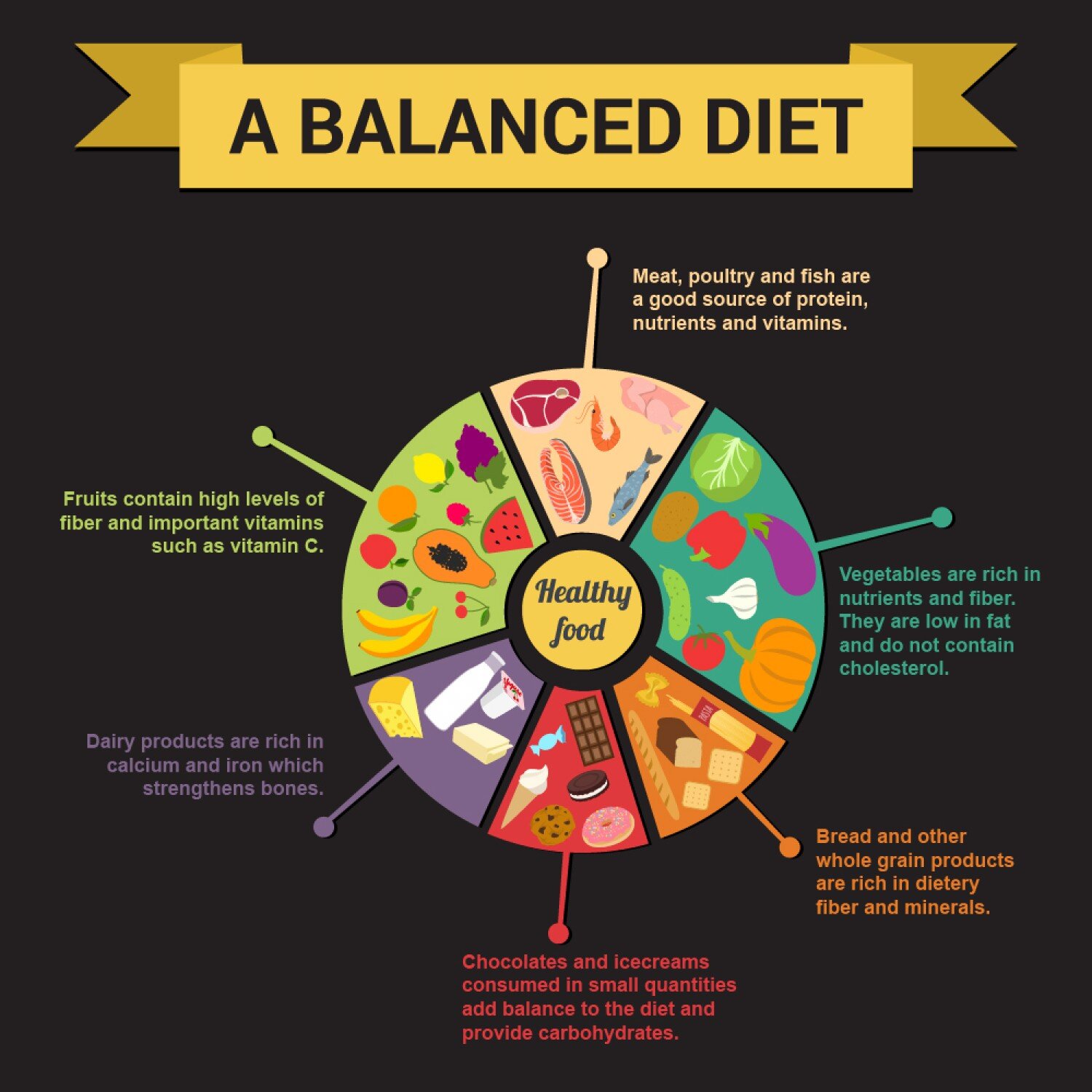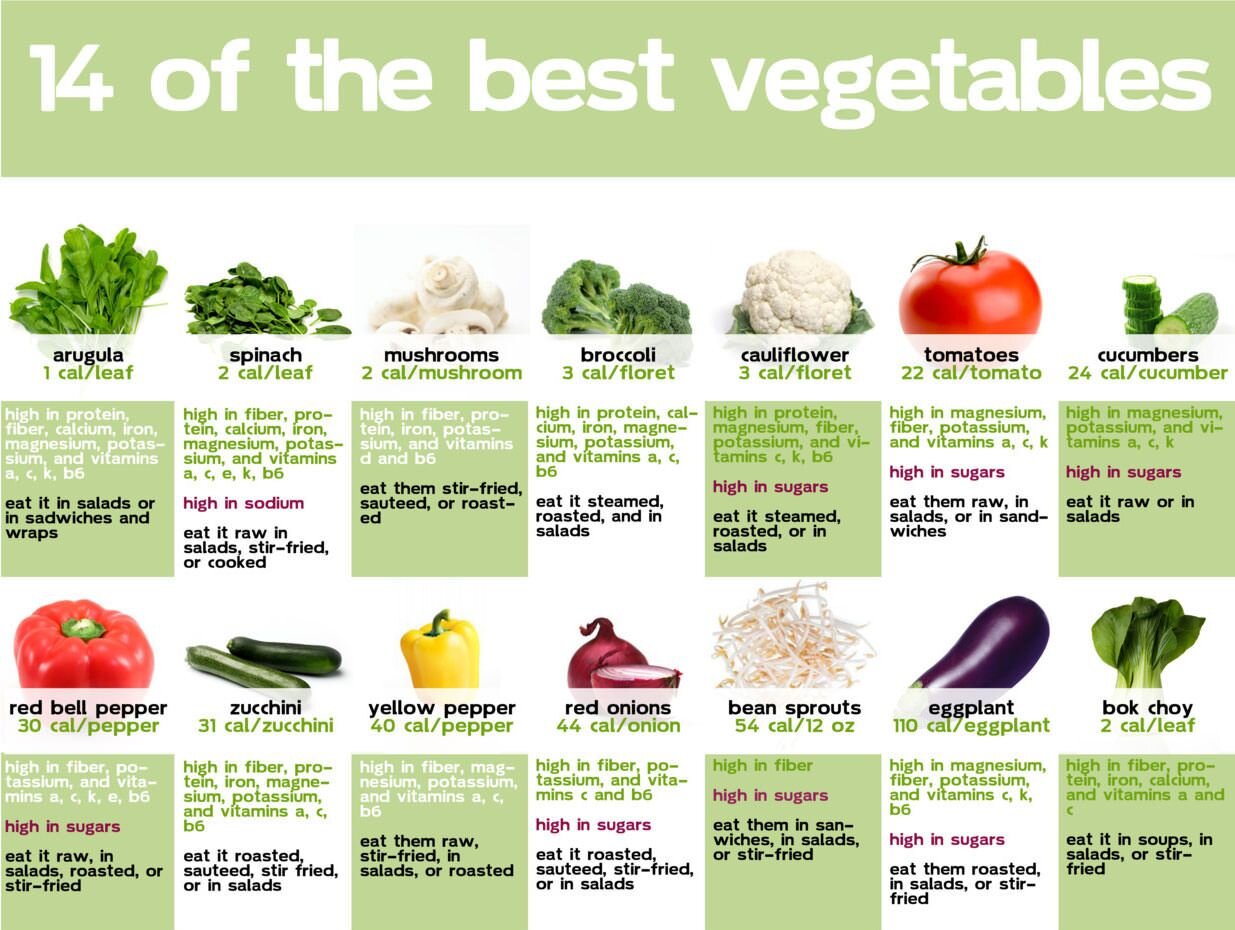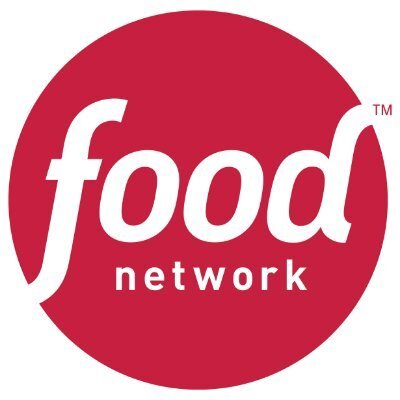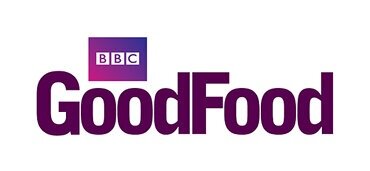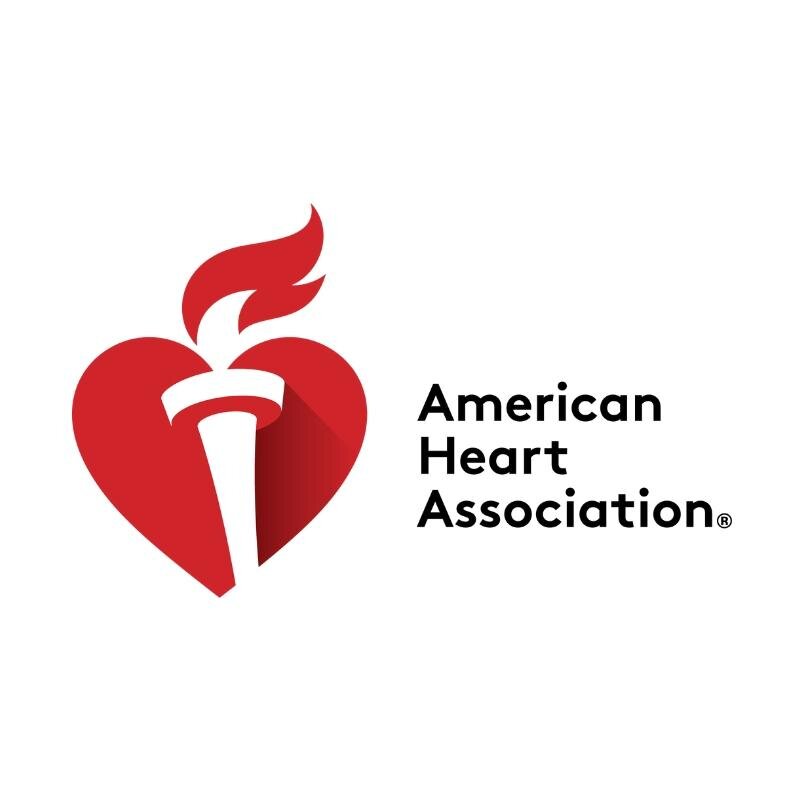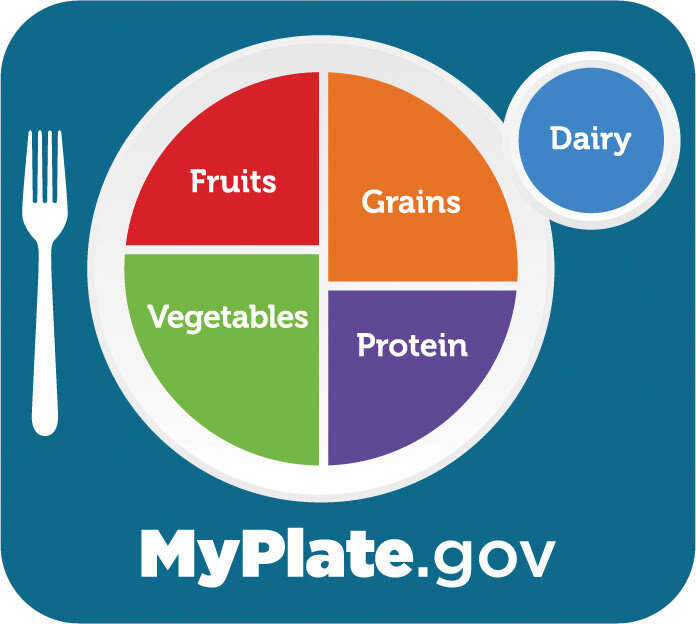Nutrition and Healthy Eating
As a developing adolescent, what you eat is so important to your physical health and growth. Having unhealthy eating habits can not only cause you to feel not so good now, but can cause health problems later in life. However, it is very common to be unsatisfied or to find yourself struggling to find a healthy, balanced and nutritious diet. It may be difficult to want to eat healthy or even know how to eat healthy. Struggling on eating too much junk food? Don’t know any healthy recipes? Don’t worry! Below we have videos, resources, and more, to better inform you and help you adopt a healthier diet.
Take Charge of Your Health!
A Guide to Calories and Energy:
Energy for your body comes from the calories in the food and drinks that you consume.
“Energy balance” helps you to maintain healthy weight. It is the balance between the amount of food and drink you intake with the amount of energy you expend in your growth, activity, and daily living.
Over time, if you consume more calories than you expend, you will gain weight, and if you expend more calories than you consume, you will lose weight.
Amount of calories needed to maintain healthy weight depends on many different factors & is not the same for everyone. It depends on your gender, age, activity level, genes, if you’re still growing, your height, and your weight.
Choosing Healthy Foods for a Balance Diet:
Cutting out whole food groups (i.e. carbs) to try to lose weight is unhealthy as you are leaving out important nutrients that your body needs. This can lead to an unhealthy cycle of under-eating, then binging. Skipping meals is also not good for you, as it can also lead to this cycle. Plan or pack meals ahead to avoid skipping meals.
Eat foods with lots of sugar, unhealthy fats, or salt such as cakes, cookies, candy, frozen desserts, chips and fries IN MODERATION. Also limit processed or refined sugars and opt for natural sugars like fruit.
Diet should include fruits and vegetables, carbohydrates (opt for whole grain carbs), protein (low fat, lean meat, or plant-based protein), dairy (low-fat, non-fat dairy), and fat.
Guide to fats: fats help the body grow and develop, and can keep hair and skin healthy. Choose UNSATURATED over saturated or trans fats!
Unsaturated fats = usually liquid at room temperature. They can be healthy oils found in foods like avocados, nuts, seeds, and seafood (salmon or tuna).
Saturated/trans fats = solid at room temperature like butter. They are also found in foods such as other dairy products like cheese containing whole milk, fried foods, burgers, and french fries.
Portion Control:
A portion is how much food you consume at one time. Many restaurants and fast food places serve you more food than you need to stay adequately energized, and therefore serve you a larger portion than you need. See this link to learn about how much a true serving size is, and how to control your portion sizes.
Source: US Department of Health and Human Services, National Institute of Health, NIDDK https://www.niddk.nih.gov/health-information/weight-management/take-charge-health-guide-teenagers?dkrd=lglgc1334
How to Eat Healthier
When choosing veggies to eat, minimize starchy veggies like potatoes, corn, squash, and peas. These have fewer vitamins and nutrients than other veggies and many more calories. Opt for veggies like carrots, kale, tomatoes, spinach, and broccoli instead.
Minimize red meat. Eating red meat a lot can lead to high cholesterol, which may lead to heart disease, as well as type 2 diabetes, diverticulitis, and maybe even breast cancer. It is also more sustainable for the planet to cut down on your intake of red meat.
Minimize sugar. You should minimize the sugar intake to 10% of your entire diet. Consuming more than this can cause acne, weight gain, increased risk of cancer, and quicken the aging process. Switch from fruity sugary juices and processed sugars to fresh fruit, like berries which are much more nutrient rich.
Make half your plate fruits and vegetables.
Switch from refined grains to whole grain foods (i.e. whole wheat bread instead of white bread).
Switch from whole milk to fat free or low-fat 1% milk. Fat-free or low-fat milk has the same amount of calcium and nutrients, but with less fat and calories than whole milk.
Opt for leaner protein such as poultry (turkey or chicken breast), seafood, beans, eggs, and nuts. For meat proteins choose lean meats that have 90% lean or higher labels.
Compare sodium in foods and choose lower sodium versions. Select canned foods labeled "low sodium," "reduced sodium," or "no salt added." Too much sodium can lead to high blood pressure
Drink water instead of sugary drinks like soda or juice.
Sources:
Sneakers4Funds https://sneakers4funds.com/healthy-food-what-a-mistake-to-make/
US Department of Health & Human Services https://www.hhs.gov/fitness/eat-healthy/how-to-eat-healthy/index.html
How to Control Junk Food Cravings
Meal prep or plan ahead. Avoid picking up fast food or eating easy snacks like sweets, chips, etc. Prepare large batches of healthy meals and store in tupperware for the week ahead.
Shop the perimeter of the grocery store. The perimeter (outside borders) of the grocery store have produce, dairy, meat, and fish. The inners aisles tend to have the more processed and unhealthy foods like packaged desserts, bags of chips, and canned goods. Buy more whole foods like fruit, veggies, grains, protein, (all mostly found on the perimeter) that have fewer ingredients on their labels.
Eat healthy fats like avocado, nuts, fatty fish like salmon, or olive oil dressings.
Eat more protein like fish, beans, vegetables, nuts, and lean meats. Protein makes you feel full so you won’t be hungry for junk food.
Eat fruit for your sugar cravings rather than processed or refined sugars. Fruit has natural sugars that will satisfy your sweet tooth, but also many nutrients that are good for your body, as well as water to keep you hydrated.
Taste the rainbow. Vary and change up your diet often so you won’t get bored and crave junk food. Include foods of every color for various health and nutrient benefits.
Focus on adding healthy foods to your diet, rather than the need to remove junk foods. The more healthy food you add in your diet, the less room there is for junk food.
Think about junk food in a different way. When looking at junk food, pretend someone sneezed on it, you’re already very full, associate the food with negative consequences (stomachache, weight gain), or tell yourself you can save it for later. Changing your perspective when seeing junk food to thoughts such as these will lessen your desires for it.
Work on stress management. Often your junk food cravings are emotional, not physical, cravings. Instead of coping by eating, try managing stress/emotion by meditating or doing yoga, taking a walk, deep breathing, talking to someone you trust, doing something creative (painting, crafting, etc.), or journaling. Keeping yourself occupied by other activities than eating will get you into a habit of not reaching for food when stressed or upset.
Get more sleep. One result of not getting enough sleep is greater feelings of hunger and less ability to control intake of junk foods.
Source: Healthline https://www.healthline.com/health/food-nutrition/how-to-stop-eating-junk-food
The Importance of Vegetables!
Vegetables are low in fat and calories and do not have cholesterol, which contributes to heart disease.
Vegetables are main sources of many important nutrients like potassium, dietary fiber, vitamin A and vitamin C.
Potassium benefits: maintains healthy blood pressure.
Dietary fiber benefits: reduces blood cholesterol levels, therefore lowering risk of heart disease. It is also important for maintaining healthy bowel function, reducing constipation and diverticulitis. Fibrous foods also keep you full with less calories.
Vitamin A benefits: keeps eyes and skin healthy and also helps to protect against infection.
Vitamin C benefits: helps heal cuts and wounds and also keeps teeth and gums healthy.
Eating a diet rich in vegetables and fruits may reduce risk for heart disease, heart attack, and stroke.
Eating a diet rich in some vegetables and fruits as part of an overall healthy diet may protect against certain types of cancers.
Veggies are lower in calories per cup so can help lower your caloric intake because they have a high volume and low calorie count so fill you up without you consuming more calories.
Source: USDA ChooseMyPlate https://www.choosemyplate.gov/eathealthy/vegetables/vegetables-nutrients-health
Understanding the Nutrition Label:
Nutrition labels can help you to be more informed and buy foods that are healthy for your diet. However, often they are just something that is brushed off and not acknowledged or understood. It is important to know how to interpret this label to better educate yourself about your daily nutrition and needs.
Serving Information
The serving information tells you how much exactly one serving size is (in familiar units, like cups or ounces). It also shows how many serving sizes there are total in the package.
Serving size is the amount people typically eat or drink, but is not a recommendation of how much you should eat.
All of the information on the rest of the nutrition label depends on one serving size. It is important to calculate all the following information based on how much you’re eating. Are you eating one serving size? ½? 2? If you’re eating two servings, you must double the calorie count and nutrient information that is given on the rest of the label.
Calories
The calorie count on the nutrition label is a measure of how much energy you get from that food. Remember this calorie count is per one serving! Be mindful of how many calories you are consuming in a day, as overconsuming calories can lead to weight gain. The general amount of calories per day one is recommended to consume is about 2,000, but this again is variable and depends on many factors like age, gender, activity level, height, and weight.
Nutrients
The third section of the label tells you how much of various, common nutrients are present in the food you’re eating.
Nutrients to eat less of: saturated fat, sodium, and added sugars. These are common nutrients in lots of foods that Americans often overconsume and should be more mindful of. These nutrients are associated with various health conditions like cardiovascular disease and high blood pressure. A higher amount of them also increases your caloric intake without providing much health benefit to your body.
* Total sugars vs. added sugars: total sugars is all the sugar present within a serving of the product, which includes both natural sugars in the whole ingredients, and any added sugars. Added sugars are refined sugars added during food processing, sugars from syrups or honeys, and sugars from concentrated fruits or veggies. They are not sugars found in the raw, main ingredients themselves.
Nutrients to eat more of: dietary fiber, vitamin D, calcium, iron, potassium. These nutrients we often don’t get enough of, and have many important health benefits like reducing cholesterol, lowering blood sugar and pressure, and reducing risk of anemia and osteoporosis.
Knowing how to read this part of the label can help you choose foods that are richer in the nutrients to get more of, and have less of the nutrients you need to eat less of. Reading a label and using this information is an easy way to eat and buy healthier foods.
Percent Daily Value (%DV)
The % daily value is the percentage of your recommended daily intake of each nutrient that is in one serving of the food. For example, if a percentage under the % daily value column for saturated fat says 12%, that means in one serving of that food, you are consuming 12% of the total amount of saturated fat you should be eating that day. So, the %DVs for one specific nutrient should add up to 100% for all the foods you eat in a day.
The %DV value helps you determine whether that food you’re eating is high or low in specific nutrients. 5% DV or less is considered low, and 20% DV or more is considered to be high in that nutrient. Again, opt for lower %DV for added sugars, saturated fat, and sodium, and higher %DV for dietary fiber, vitamin D, calcium, iron, and potassium.
Source: USFDA https://www.fda.gov/food/new-nutrition-facts-label/how-understand-and-use-nutrition-facts-label



